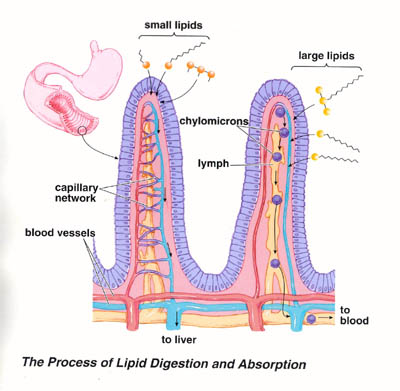- The exam is DUE THURSDAY of
Week 3, but it will become available on Tuesday of Week 3. You will take Exam 3 just like submitting study questions, but you won't
have the questions and answers in front of you. You will be timed.
You are expected to take this exam, by yourself, not with a partner.
You can use your book, and your notes. You will have 60 minutes to take it. Make sure you take it at a
time you will not be interrupted.
If you have to take it late,
please contact me BEFORE the exam date. Late exams must be
taken in the testing center where you are only allowed 1 3x5 note card.
- Be sure to take the Review Quiz this week (Week 2), which is intended to help improve your score on Exam 1.
Lecture 2B: Chapter 3
I How
the human body is put together and organized
During this lecture, I will be comparing The Remarkable Body to The Remarkable Plant since it's plants that give us so much of what we need and we return the favor by giving them some of what they need, carbon dioxide).
As you can see with the illustration below, plants also have organs.

- Communication Systems (Hormonal and Nervous Systems)
- System for Digestion and Absorption
- The Parts of Digestion and Absorption
- Circulatory System
- Storage System
- Excretory System
1. Communication Systems (Hormonal and Nervous Systems)
Hormones are chemical messengers secreted by one part of the body into the blood to tell another group of cells to do something.
For example, the hormone insulin is secreted by the pancreas when it perceives that blood sugar has risen.
The insulin goes into blood where it travels to cells everywhere and tells the cells to take in sugar.
Our text says that "the nervous system receives and integrates information from sensory receptors all over the body--sight, hearing, touch, smell, taste and others--which communicate to the brain the state of both the outer and inner worlds".

Plants also have something like our nervous system which receives information and communicates. Consider vines. When the vine above realized that something was nearby that it could climb to get more access to the sun, within hours it had sent out something that could hook around that post.
Plants also have various responses to light. The flowers of the 4 o'clock plant shown below

4:00 pm

7:30 pm









